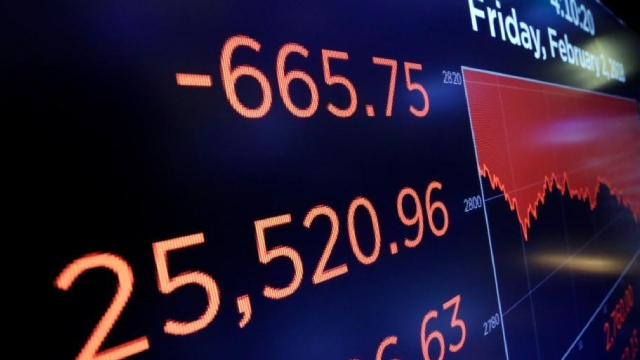If you’re interested in broad exposure to the Large Cap Blend segment of the US equity market, look no further than the SPDR S&P 500 ETF (SPY – Free Report) , a passively managed exchange traded fund launched on 01/29/1993.
The fund is sponsored by State Street Global Advisors. It has amassed assets over $630.14 billion, making it the largest ETFs attempting to match the Large Cap Blend segment of the US equity market.
Why Large Cap Blend
Companies that find themselves in the large cap category typically have a market capitalization above $10 billion. They tend to be stable companies with predictable cash flows and are usually less volatile than mid and small cap companies.
Blend ETFs are aptly named, since they tend to hold a mix of growth and value stocks, as well as show characteristics of both kinds of equities.
Costs
Since cheaper funds tend to produce better results than more expensive funds, assuming all other factors remain equal, it is important for investors to pay attention to an ETF’s expense ratio.
Annual operating expenses for this ETF are 0.09%, making it one of the least expensive products in the space.
It has a 12-month trailing dividend yield of 1.19%.
Sector Exposure and Top Holdings
Even though ETFs offer diversified exposure which minimizes single stock risk, it is still important to look into a fund’s holdings before investing. Luckily, most ETFs are very transparent products that disclose their holdings on a daily basis.
This ETF has heaviest allocation to the Information Technology sector–about 32.80% of the portfolio. Financials and Consumer Discretionary round out the top three.
Looking at individual holdings, Apple Inc (AAPL – Free Report) accounts for about 7.16% of total assets, followed by Nvidia Corp (NVDA – Free Report) and Microsoft Corp (MSFT – Free Report) .
The top 10 holdings account for about 35.66% of total assets under management.
Performance and Risk
SPY seeks to match the performance of the S&P 500 Index before fees and expenses. The S&P 500 Index is composed of five hundred selected stocks, all of which are listed on national stock exchanges and span over 25 separate industry groups.
The ETF has gained about 26.67% so far this year and was up about 26.35% in the last one year (as of 12/30/2024). In the past 52-week period, it has traded between $467.28 and $607.81.
The ETF has a beta of 1 and standard deviation of 17.32% for the trailing three-year period, making it a medium risk choice in the space. With about 504 holdings, it effectively diversifies company-specific risk.
Alternatives
SPDR S&P 500 ETF holds a Zacks ETF Rank of 2 (Buy), which is based on expected asset class return, expense ratio, and momentum, among other factors. Because of this, SPY is a great option for investors seeking exposure to the Style Box – Large Cap Blend segment of the market. There are other additional ETFs in the space that investors could consider as well.
The Vanguard S&P 500 ETF (VOO – Free Report) and the iShares Core S&P 500 ETF (IVV – Free Report) track the same index. While Vanguard S&P 500 ETF has $579.23 billion in assets, iShares Core S&P 500 ETF has $594.49 billion. VOO has an expense ratio of 0.03% and IVV charges 0.03%.
Bottom-Line
Retail and institutional investors increasingly turn to passively managed ETFs because they offer low costs, transparency, flexibility, and tax efficiency; these kind of funds are also excellent vehicles for long term investors.
To learn more about this product and other ETFs, screen for products that match your investment objectives and read articles on latest developments in the ETF investing universe, please visit Zacks ETF Center.
Financial Market Newsflash
No financial news published today. Check back later.










